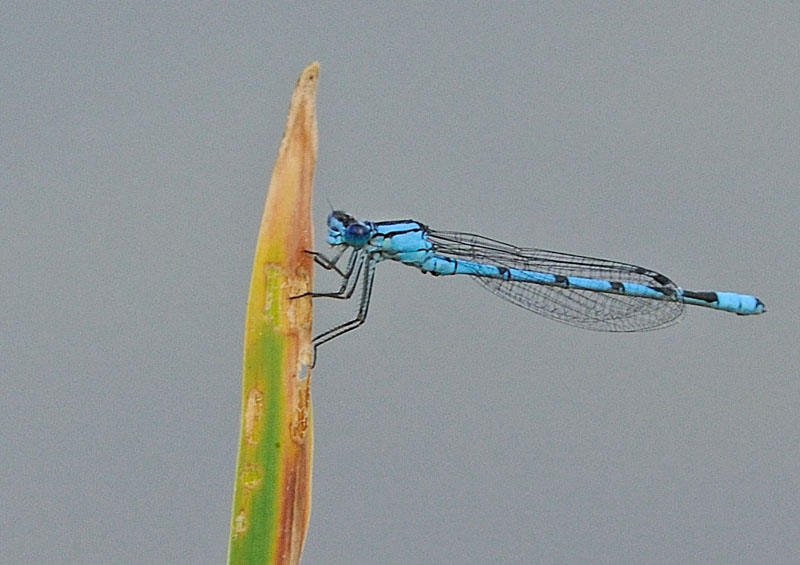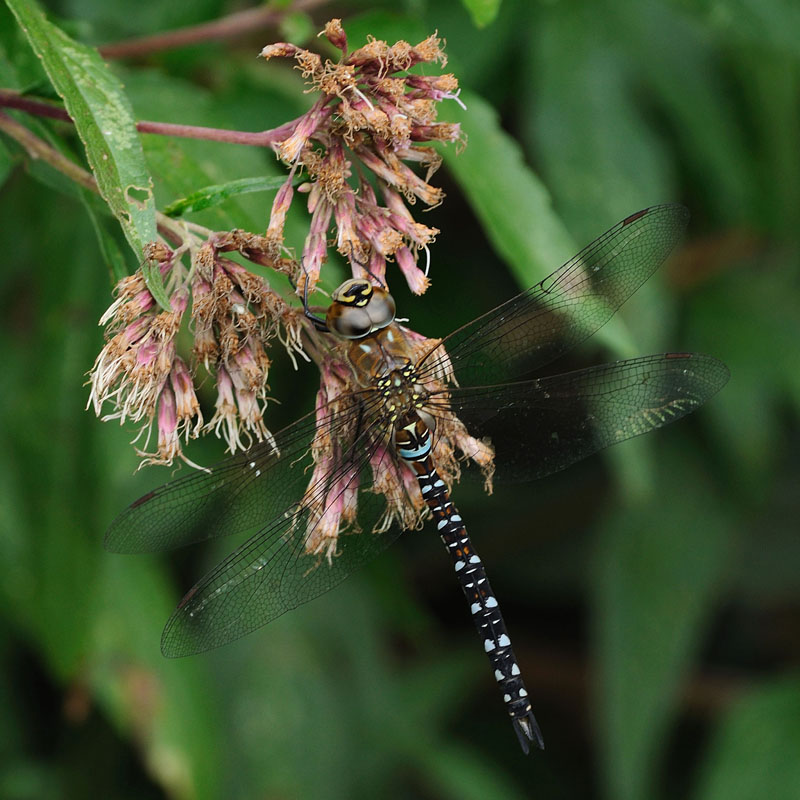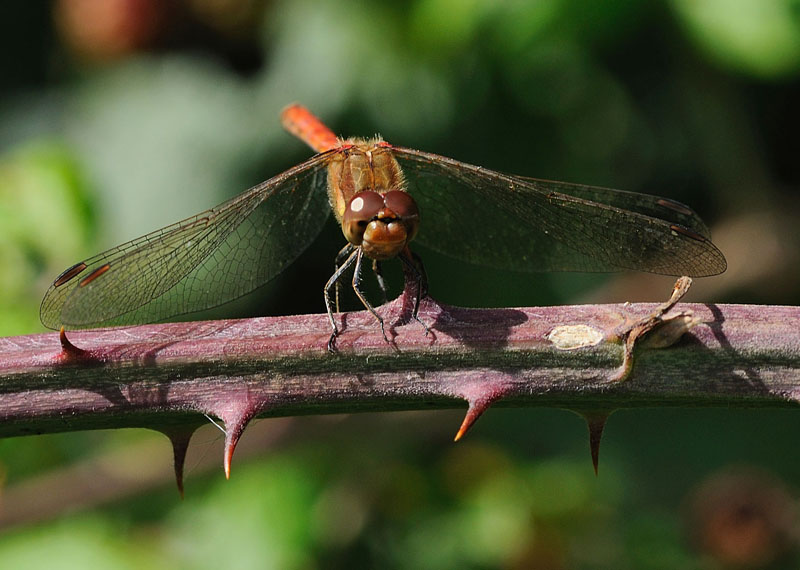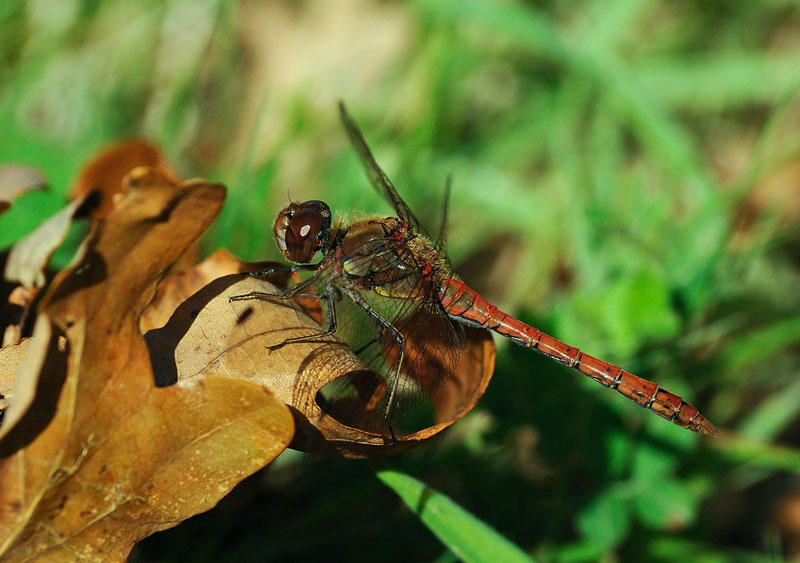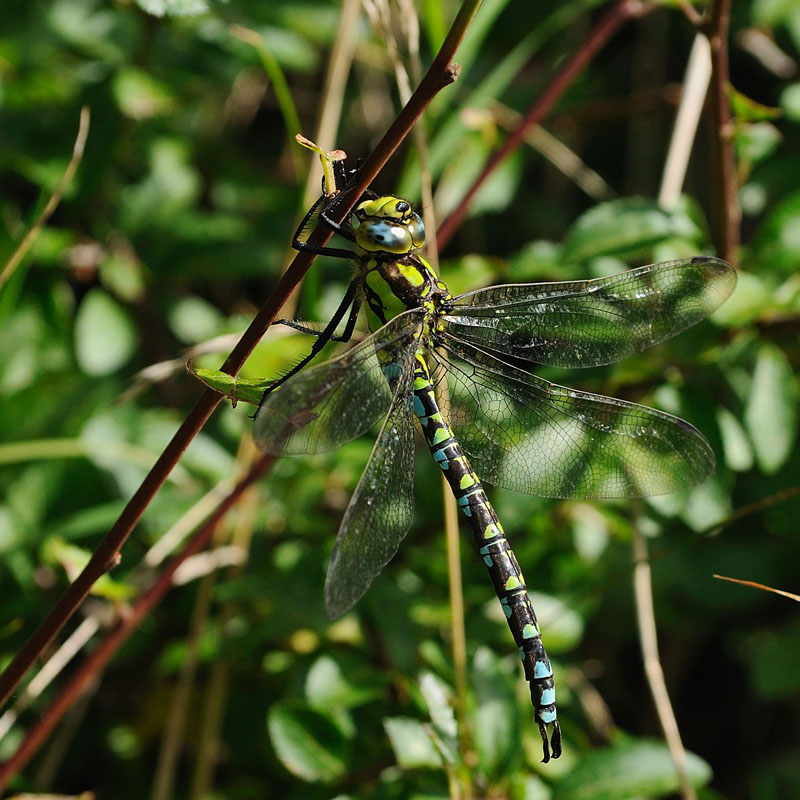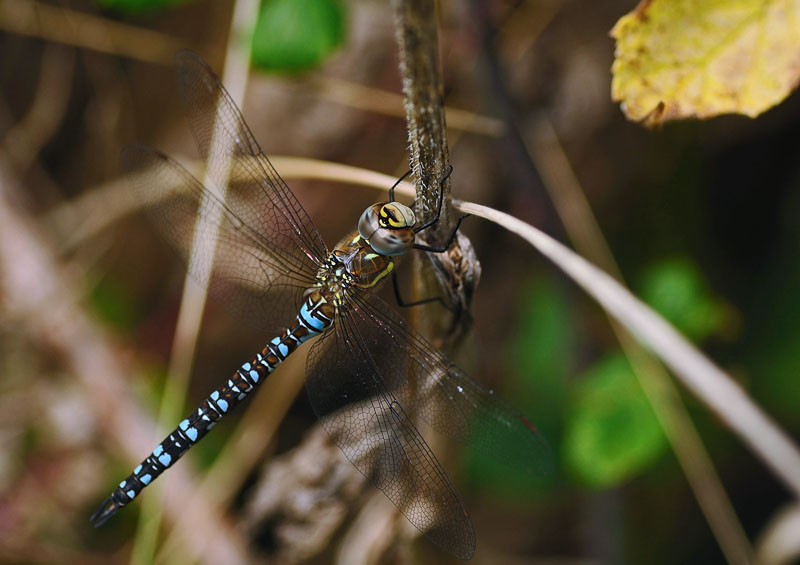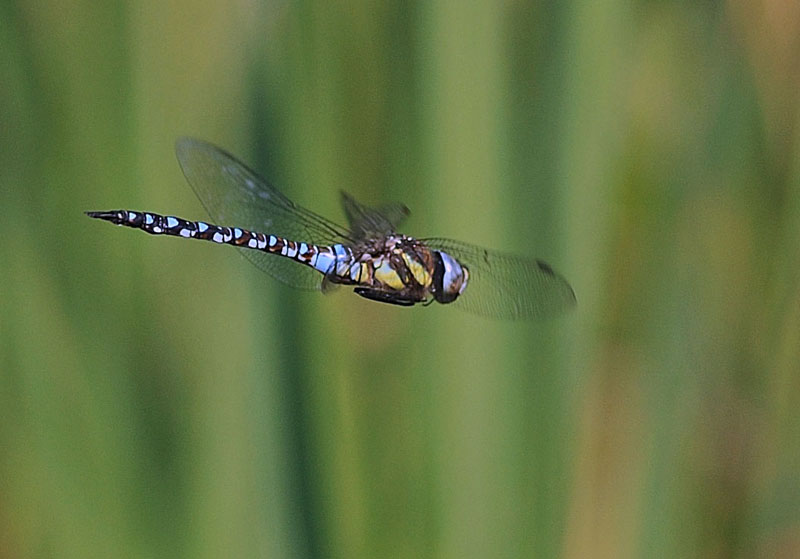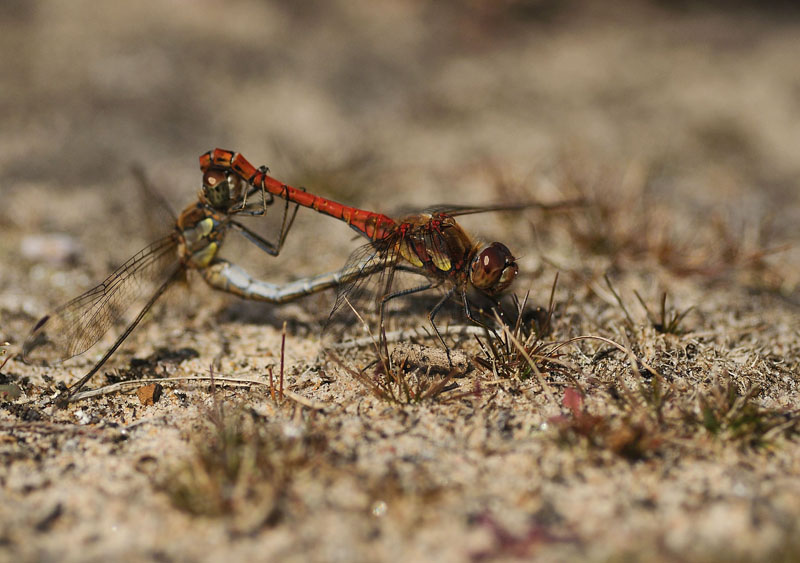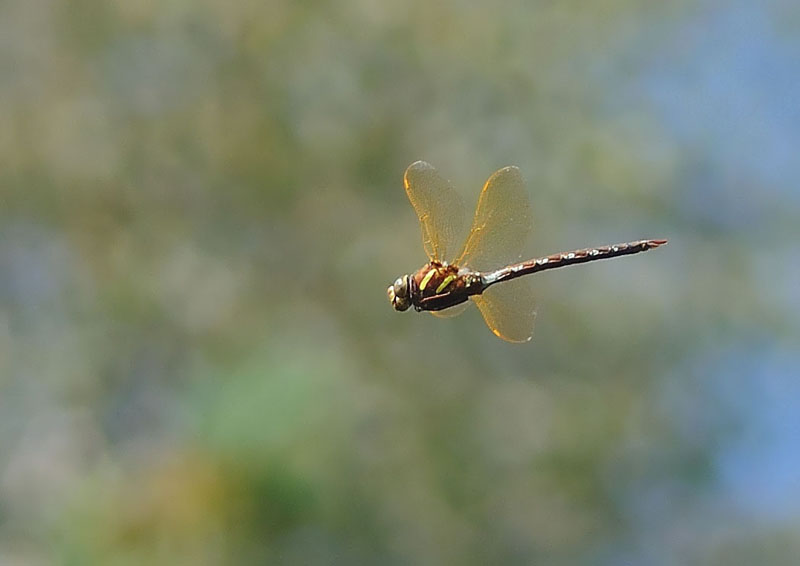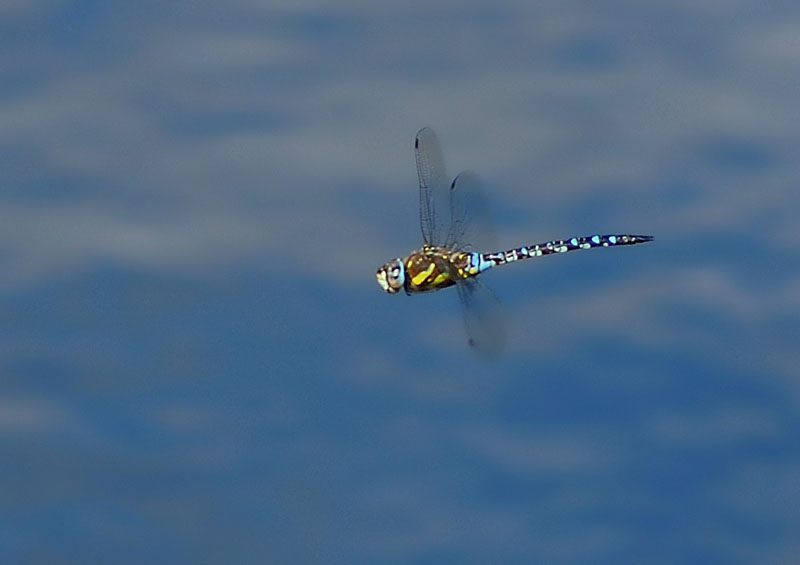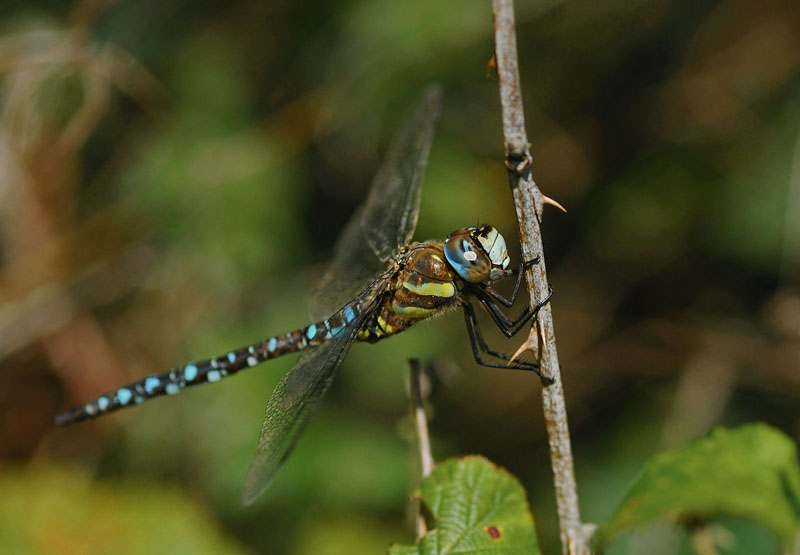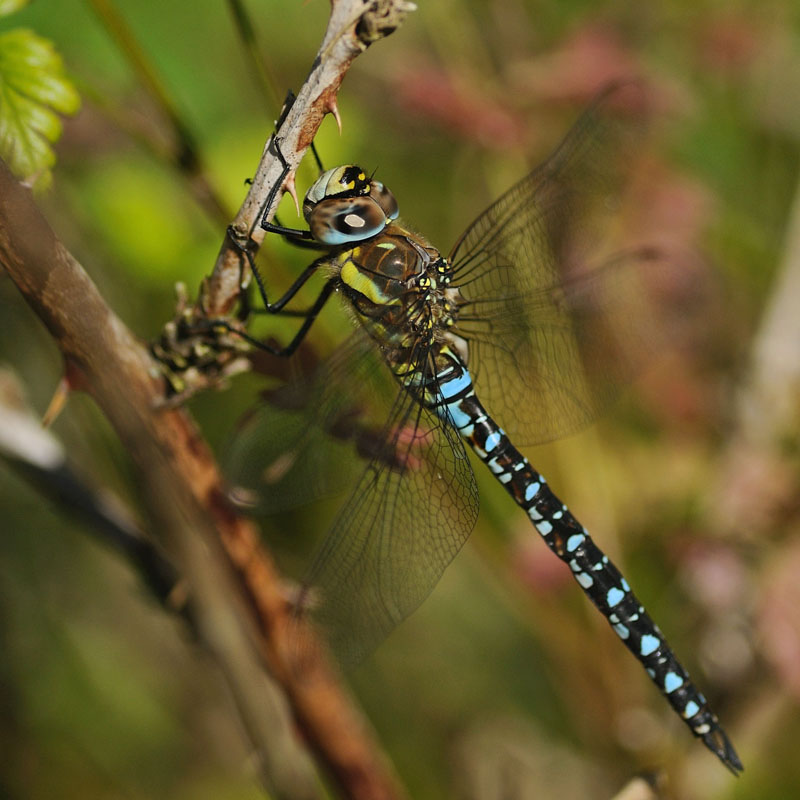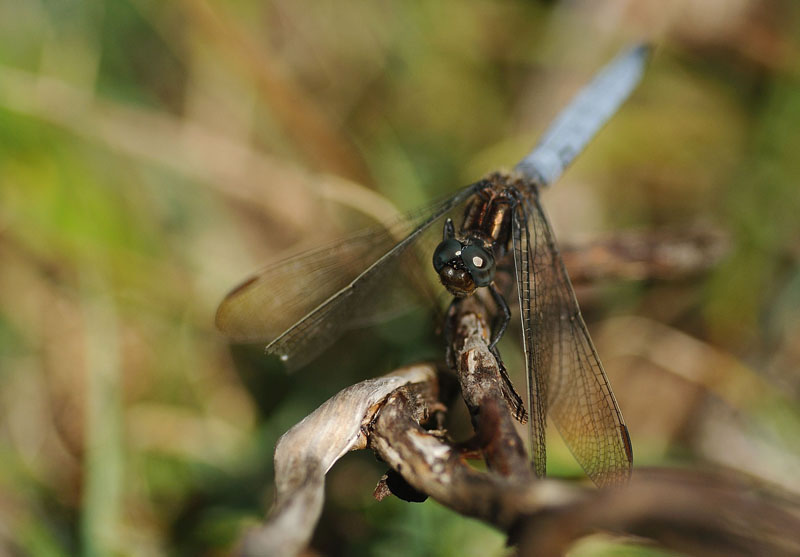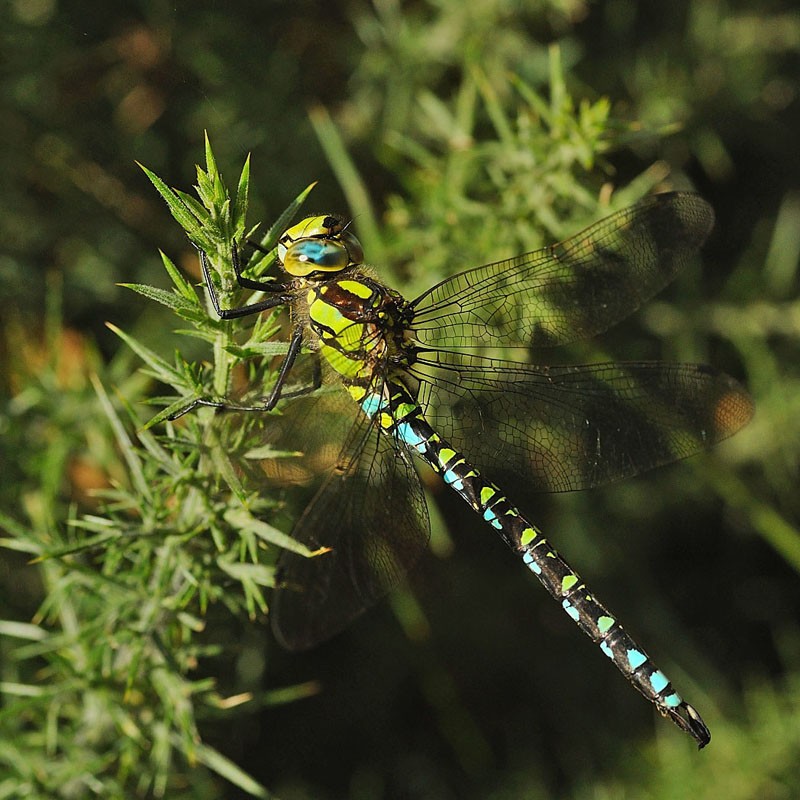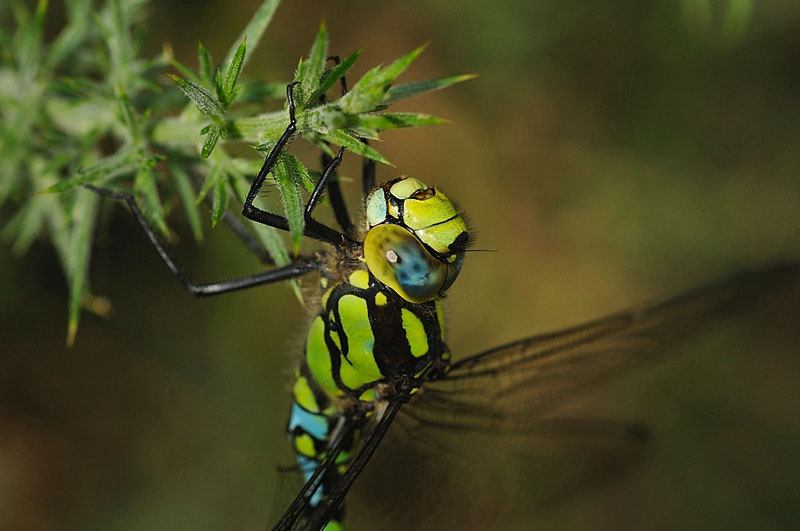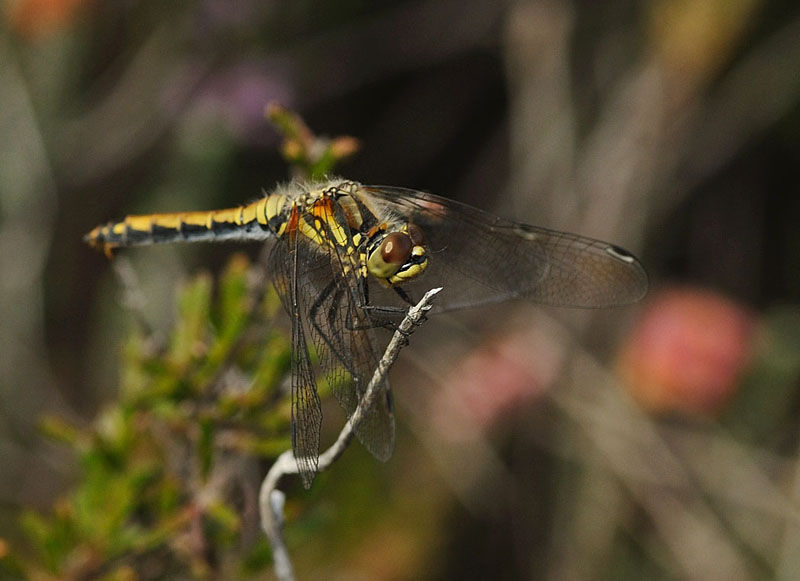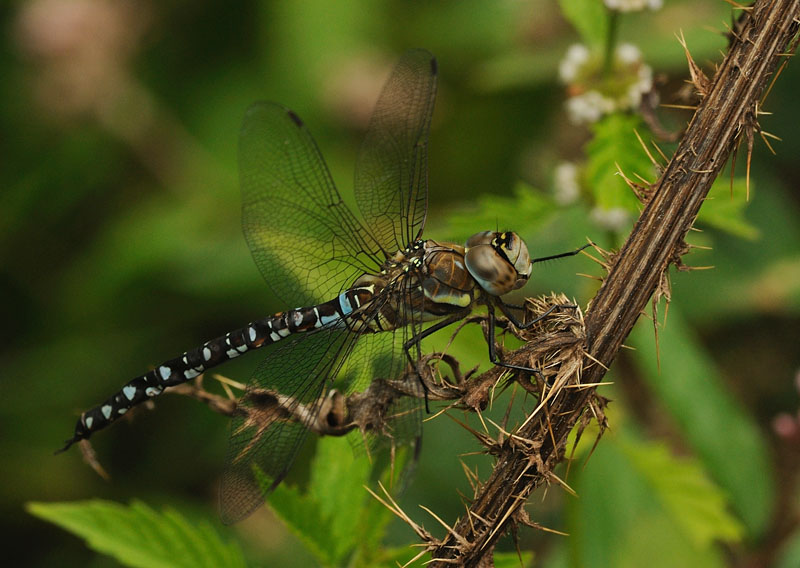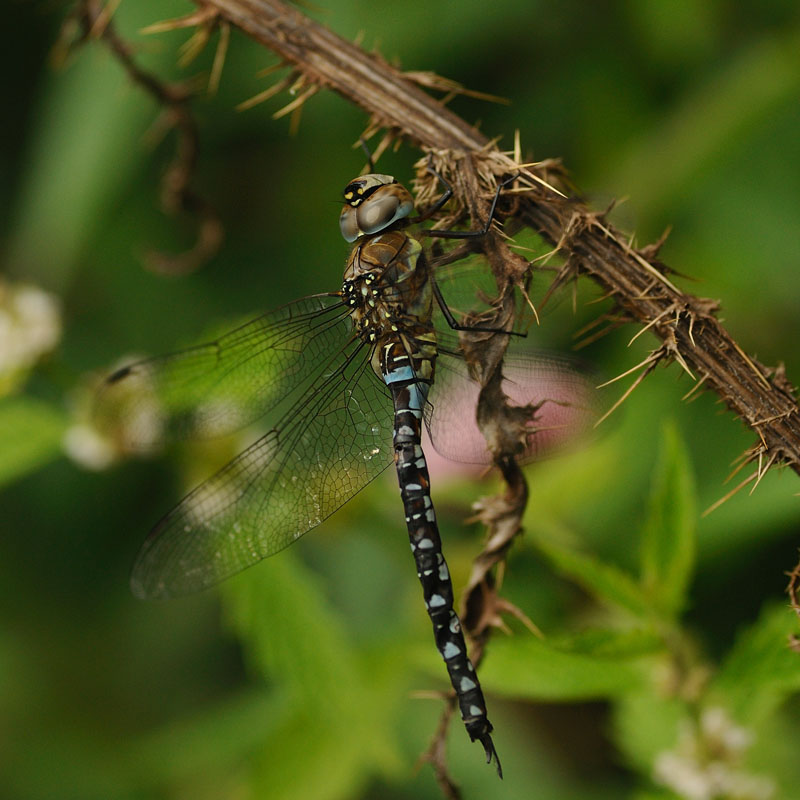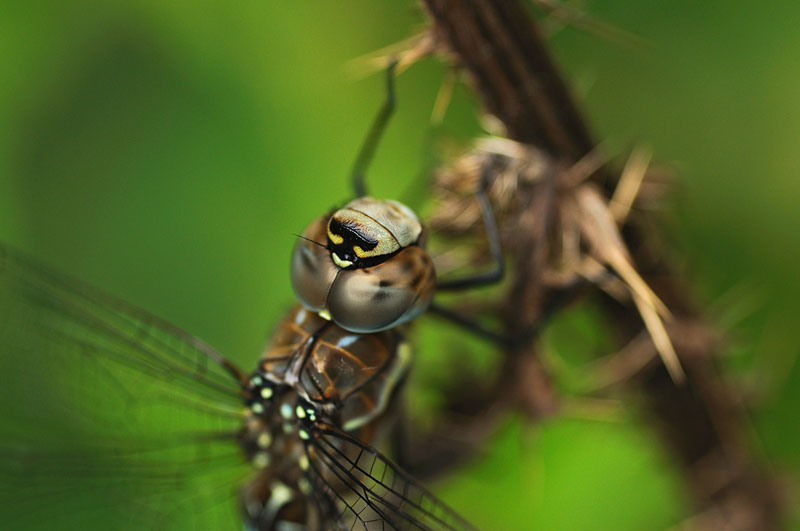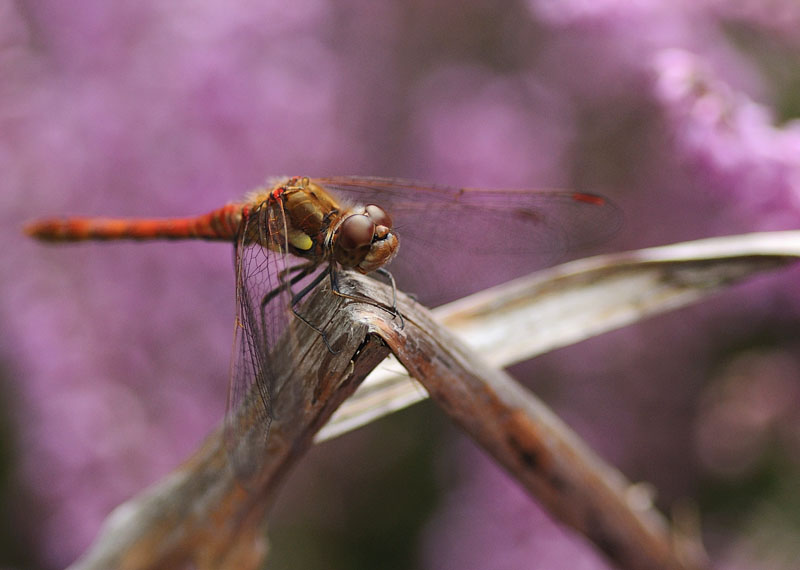It’s been a lousy week with the weather and subsequently with decent spotting’s & photo opportunities.
Surprisingly, given the rest of the country, the New Forest didn’t fare too bad on Monday 12th. Reasonable periods of sunshine raised the temperature despite the strong winds, and in an effort to find some shelter I took a stroll around the rides of Denny Wood.
Taking a (vaguely) circular route and trusting to my sense of direction, I veered off the main gravel tracks along some muddy rides which I’m sure a month ago would have been teeming with butterflies and dragonflies, but besides a few Speckled Wood’s and a few displaced Common Darters, the only other glimpses were of a couple of Southerns hawking low to the ground and not stopping.
Woodland tracks soon lose their appeal after meagre sightings so I decided to brave the gusts at Crockford. Again the most dominant species were Common Darters.

I did spy a few Migrant Hawkers flying high and far, but the call proved itself worthwhile with a (rather ragged) Golden-ringed.
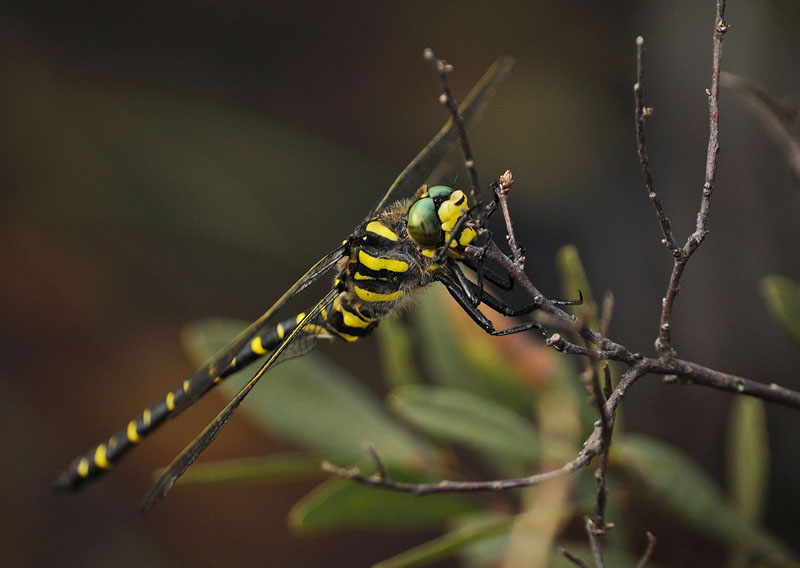
Realising the wind was a little too strong for open areas, I crossed the forest to Troublefield which is always well sheltered. As usual just inside the gate were a few male Migrant Hawkers perched along the ditch.
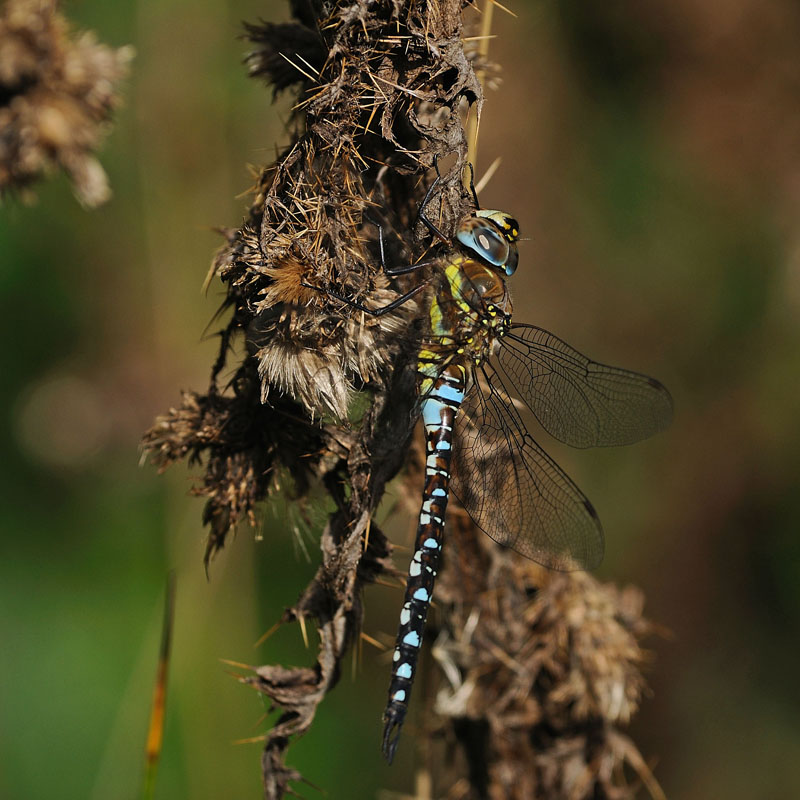
Further along I spied a female Southern patrolling low along the bank and occasionally stopping to oviposit before she disappeared into the gloom.
Towards the far end was a male Southern patrolling mostly out of sight behind the foliage before disappearing altogether.
Not so lucky Tuesday. I spent almost 2 hours at Stagbury Pond and had to wait for a persistent grey cloud to pass over before the sun shone. I spent the gloom surveying the gorse and spotted a couple of Common Darters.
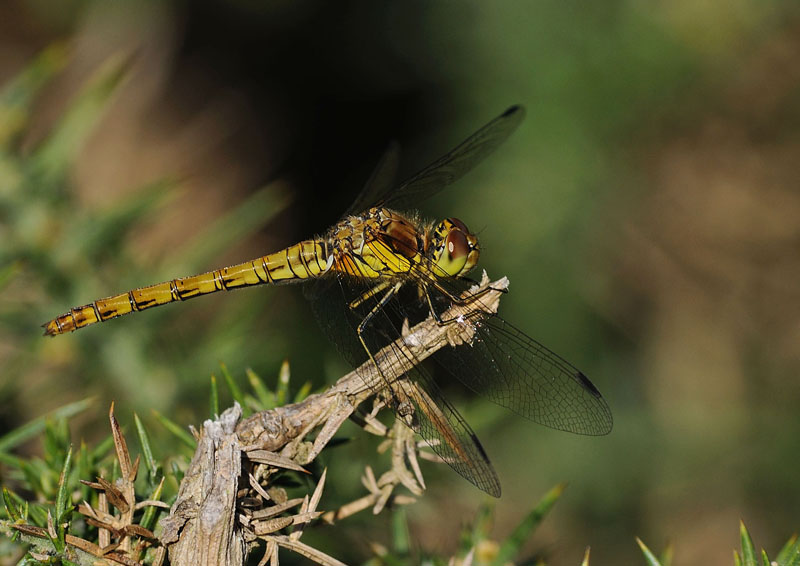
Barely 5 minutes into the sun and they were appearing everywhere, but not one made the journey over the water. In fact the only brave soul willing to brave the breeze was a male Emerald Damselfly on route back to the relative shelter of the reeds.
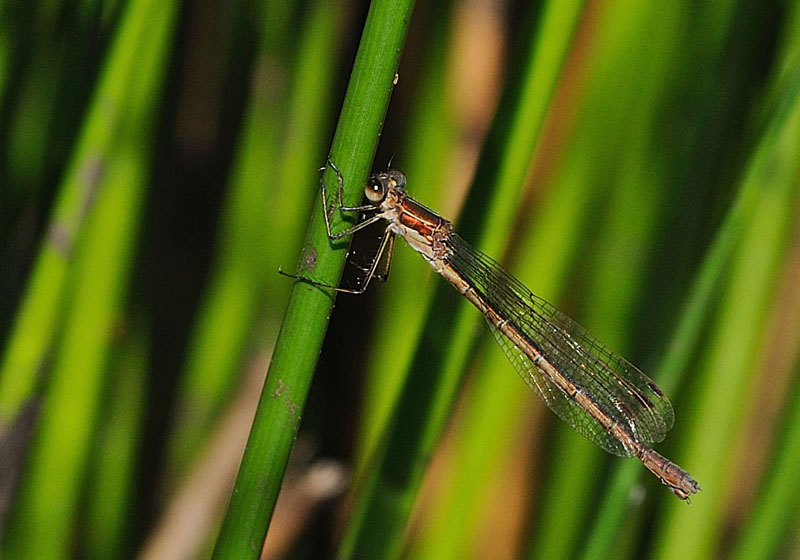
A good look along the reed margins produced a few more male and female Emeralds and surprisingly a lone Blue-tailed, but that was it. No hawkers to be seen anywhere.
At this very time last year there were good numbers of Small Red-eyed populating the shallow end, but so far this year I haven’t seen one at this location. Given good warmth and calm conditions there may still be hope in the days to come.
Unfortunately neither Wednesday or Thursday showed any signs of any. I started Wednesday with a stroll around Badminston Common and despite the forecast promising a 0% of rain, I got soaked!
Needless to say the only odonata I saw on my wander were a male Southern, Male Migrant, some Common Darters and a few Common Blue Damsels.
Onwards to Cadnam Common and besides the inevitable Common Darters, there was a lone male Migrant Hawker continually patrolling in & out of the reeds, doing several circuits of the pond, possibly in search of a female. I guess he was out of luck, because I didn’t see any during my stay.
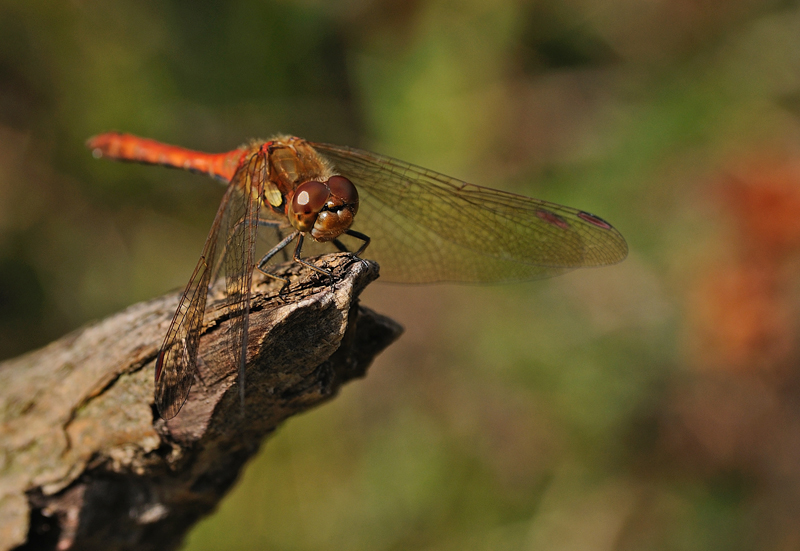
As with the previous day there were a few Emerald Damsels and a lone Blue-tailed.
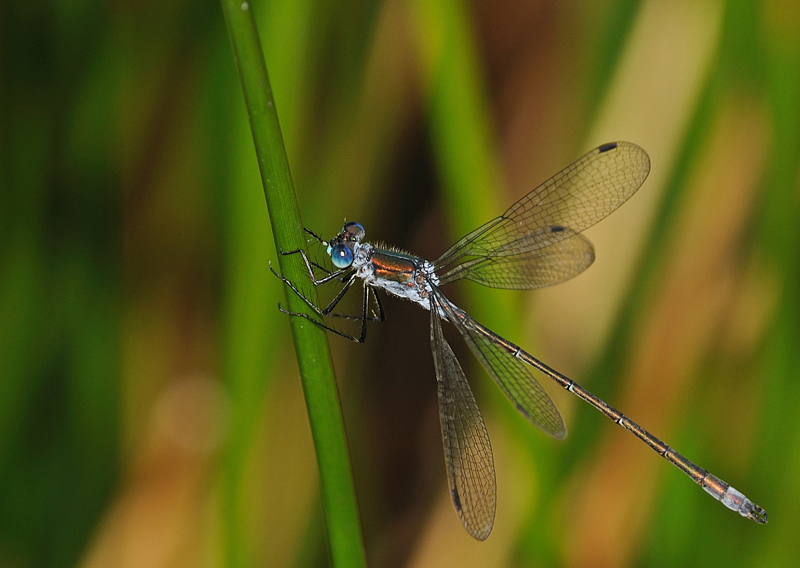
Thursday promised sunshine all day, and that was the case until the haze and whispering white clouds dropped the temperature considerably. At least Pennington provided some enjoyment with a few patrolling Migrant males and a male Southern who flew too close to attempt an in-flighter!
Common Darters were everywhere and there were still a few Blue-tailed Damsels hanging on.
One of the male Migrants I was pursuing latched onto a female I disturbed and perched among the reeds for an opportunity.
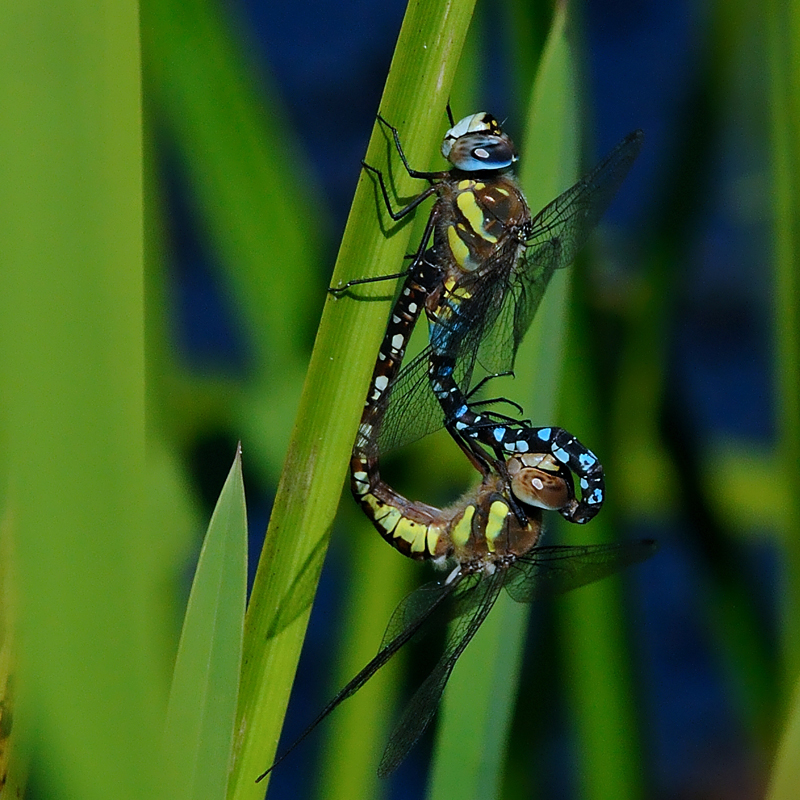
A further circuit provided another male Migrant to play with.

At 2.00pm all activity ceased with the drop in temperature and no other opportunities presented themselves at Pennington or the other 2 sites I visited on the way home.
And that was it for the week – the weekend being typically British with thundery showers and temperatures too cool to even consider going out for a look.
Shame really – as last September was rather productive. Can we at least hope for a late bloom? I hope so…….

